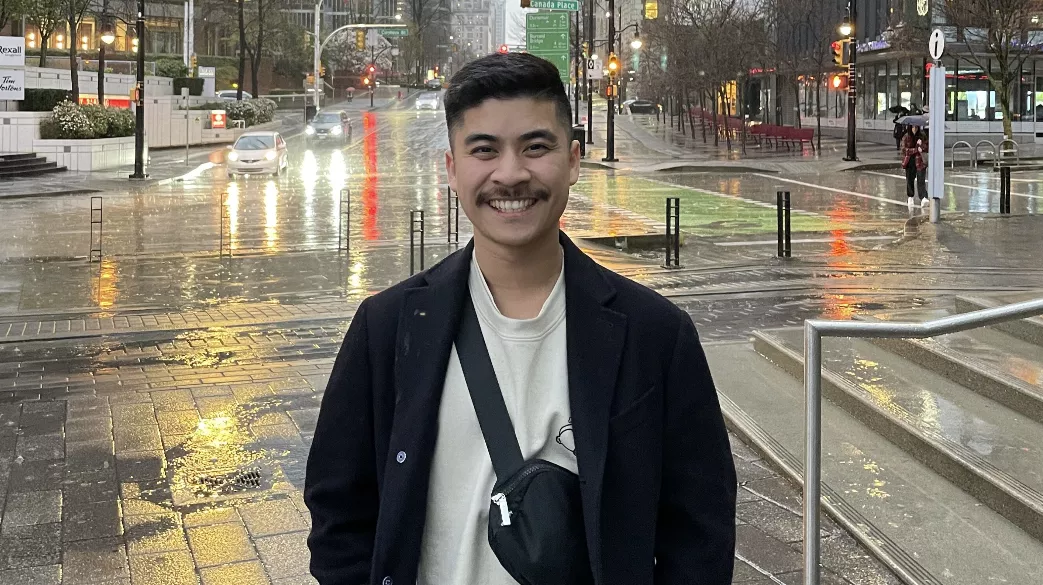Student Research: Order Set Evidence Linking

Year 2 NMP student Wesley Phan took his interest in the development of pre-printed order sets (used by physicians in facilitating orders for medications, diagnostic scans and more in the case of specific patient conditions) and set out this summer to discover whether new technology tools could help make updates to such order sets easier and more efficient.
What inspired or prompted you to become part of this research project?
Evidence-based medicine has played a strong role in the last few years of my education. I’ve always enjoyed journal clubs and discussing new literature with my peers, whether it be a new landmark trial or a particular paper of interest to our current module/block. I was initially interested in how pre-printed order sets were developed, but once I heard about this research project opportunity, I knew that not only could I learn about development but also how recent powerful advancements in technology could empower these clinical decision-making tools.
Can you briefly explain your research?
An order set is essentially a standardized bundle of orders made for a specific presentation/condition; they are meant to help standardize and facilitate orders from providers ranging from imaging requisitions to medications. Curation is essential in validating these order sets and ensuring that they are up-to-date with the most recent clinical literature. These order sets are meant to help standardize orders and assist clinical decision making, not replace it.
I was curious about what tools were available to help facilitate this curation process rather than having a physician manually reviewing each order set regularly. With the recent focus on machine learning, I was curious whether or not functions of natural language processing such as named entity recognition + linking (NER+L) could be applied here. The end goal would be to train a model to be able to recognize an order set intervention and pull up relevant society guidelines so that clinicians can read up-to-date evidence in context. NLP techniques have recently been trained to read through unstructured, clinical notes to fulfill duties normally done through manual chart review by experts. While not perfect, their performance has made me confident that there is a role for machine learning and these techniques in clinical informatics.
Who did you work with on this project?
I actually found this opportunity in my very first FLEX session with my FLEX tutor! Dr. Andrew Deonarine was my FLEX tutor and as soon as I mentioned my interest in order set development, he let me know more about his own work along with the SaferCare project in Northern Health. This initiative has been a great learning experience for me with respect to inter-professional collaborative practice practice. It involves a variety of stakeholders such as laboratory services, imaging technologists, physicians, pharmacists, and many more allied health services to ensure that order sets address their specific needs.
How did this project help further your learning as a medical student?
My initial role was creating the gold standard training datasets, similar to corpus construction in language models. I was going through order sets and manually linking each intervention with as much evidence as possible from popular society guidelines/clinical practice guidelines. This process has been an incredible learning experience, helping me build up my library and also allowing me to familiarize myself with how many of these clinical practice guidelines are organized. I believe that this, along with learning more about the role of other healthcare providers in the treatment of specific conditions, will really help to enrich my clerkship experience come Year 3.
All in all, research has been an incredibly fulfilling experience and I highly recommend it to anybody who wants to explore their clinical interests!